Wine Laws and Regulations of Spain
The Spanish Wine laws first went into action in the early 1930s and later revised in 1970. This system like many others in the European Union shares a few things in common with one another. These systems all focus on heavily on the location (or appellation) where the grapes are grown. There are 2 major Classifications within the Spanish regulatory system that are more well known and have been consistent with better quality wines.
1. Denominacion de Origen (DO) -Within each DO, the governing body known as Consejo Regulador enforces viticulture practices and standards set-forth by each region. The Consejo Regulador also oversees the tasting panel of that region.
2. Denominacion de Origen Calificada (DOCa, DOC, or DOQ) is the highest level of quality in Spanish wine. There are currently on 2 regions with this status: Rioja and Priorato. Ribera Del Duero has been pending for this status for years but nothing is confirmed. Voted the 2012 best wine region in the world, Ribera Del Duero is gaining popularity and followers, If awarded DOCa, it is well deserved.
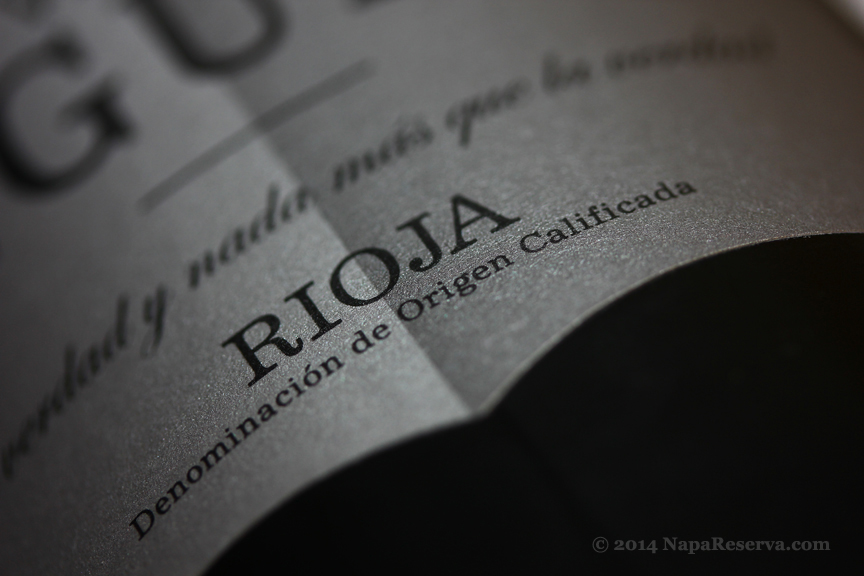
There are other classifications within the Spanish system, although they are not as popular or easily recognized compared to those of DO or DOC, however many of them indeed are at a very high quality. Sometime, even with great wine, if the vineyard locates outside of a designated region. They will not get the status of DO or DOC.
1. Vino de Mesa (VdM) -in terms of ranking, this would be the lowest of all. With this designation, wines are made from unclassified vineyards and/or with blends that are not allowed within the region. No vintage (labeling the year) is allowed.
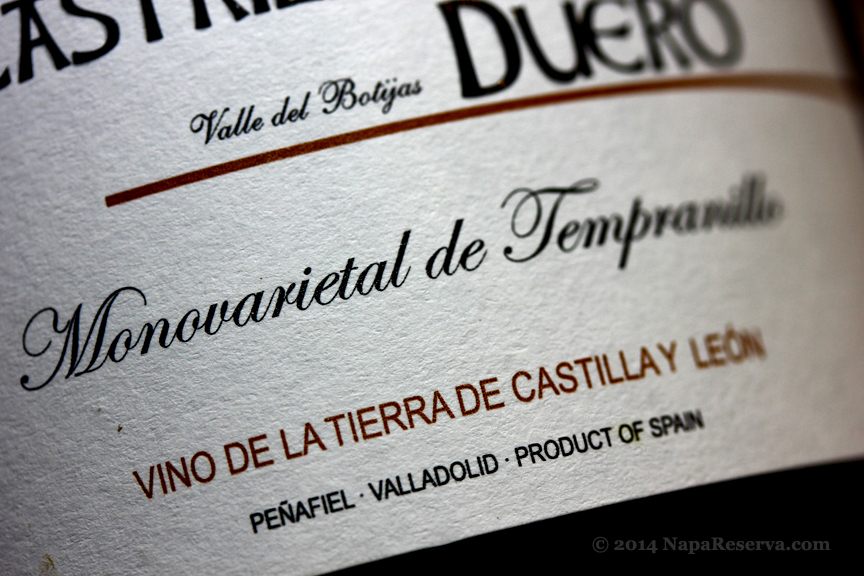
2. Vino de la Tierra (VdlT) – the equivalent of table wine, grapes are harvested from a much larger area such as Castilla-Leon. Rioja is a smaller region within Castilla-Leon and it does has a high designation. 60% of grape must come from that region.
3. Vino de Pago -a practice influenced by its French counterpart, this is a single estate wine. All grapes used to produce such wine must come from a single vineyard/estate. Some bodega boasting with this status are: Bodegas Otazu, Senorio de Arinzano and Dominio de Valdepusa.
Extensive wine aging in Oak barrel has long been a focus in Spanish wine-making practice. For DO wines, the official labeling of Age is: Crianza, Reserva and Gran Reserva. Here are the Aging-labeling for non-DO wines:
Noble: 12 months
Anejo: 24 months
Viejo: 36 months

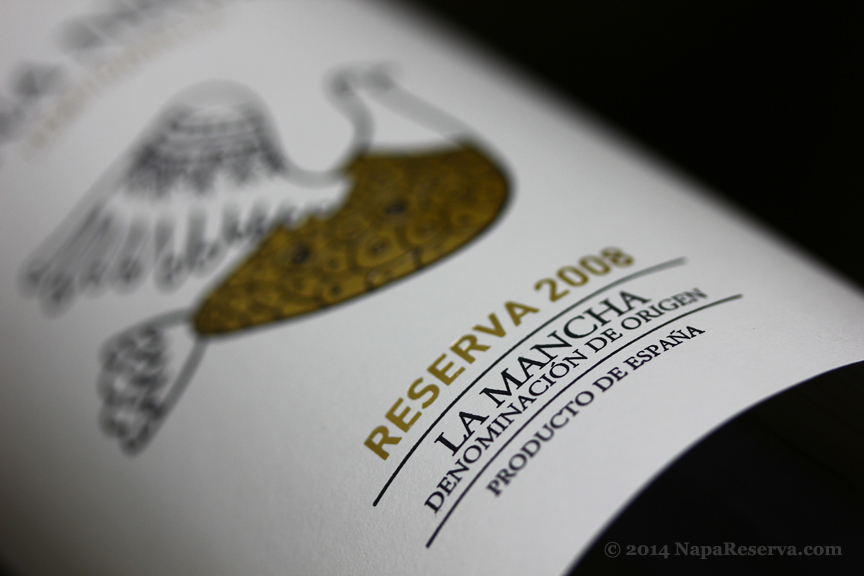
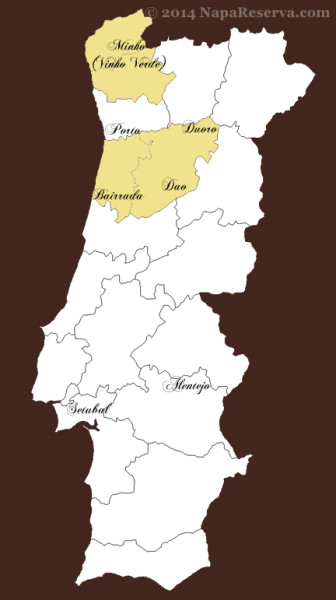
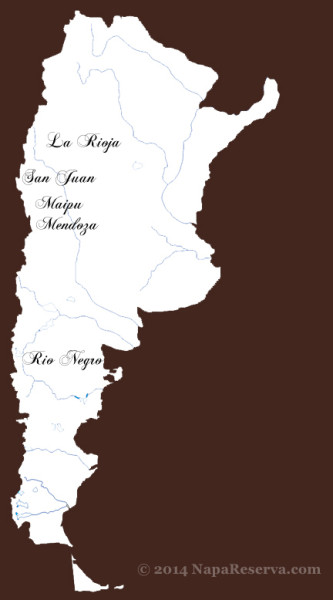
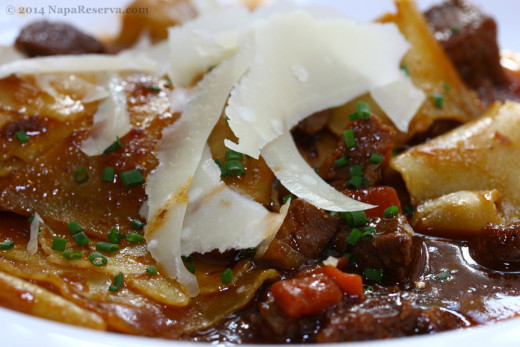
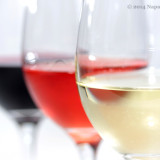
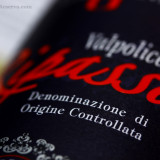

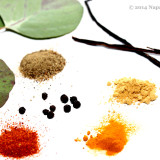
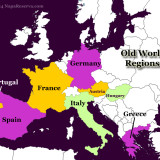
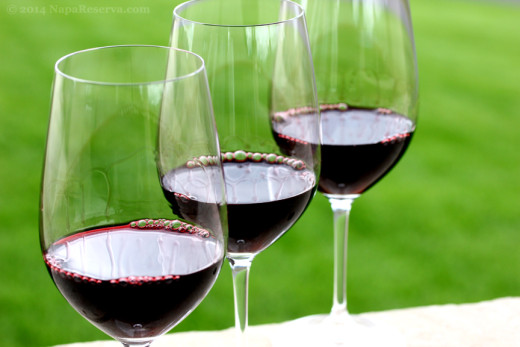
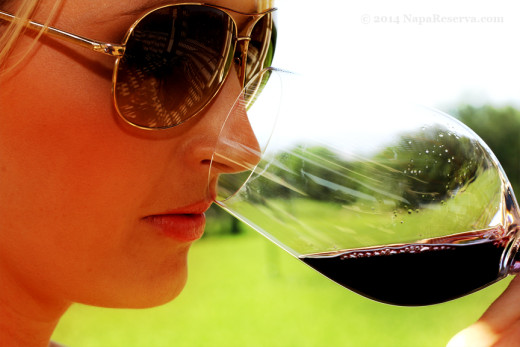
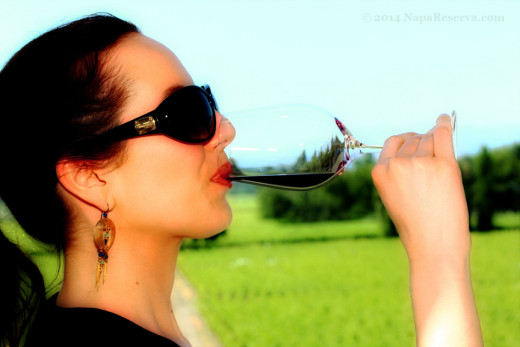
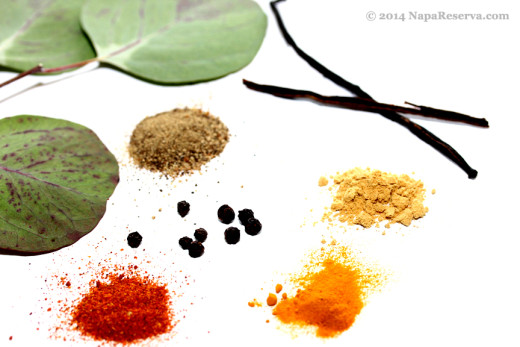
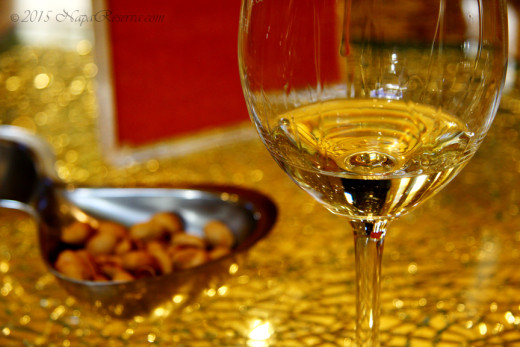


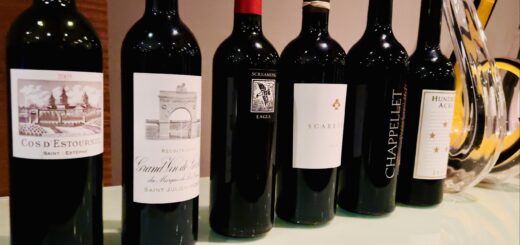
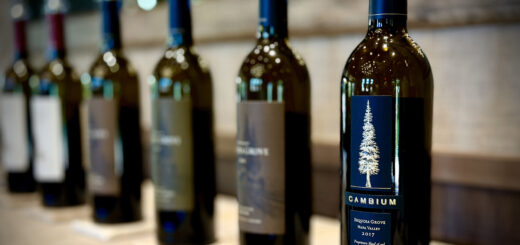
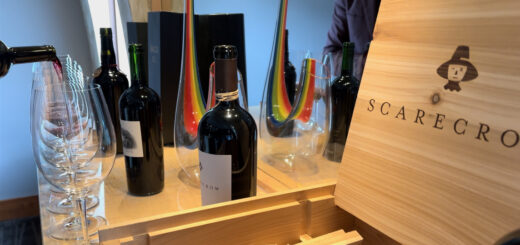
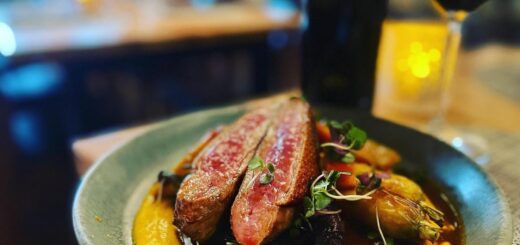
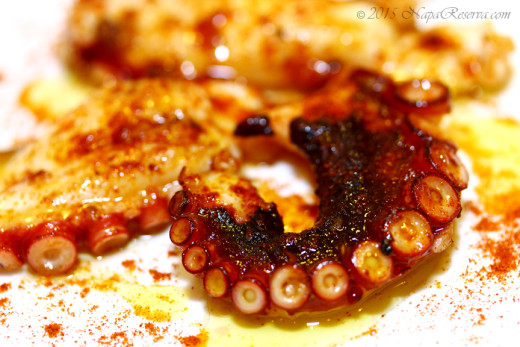
2 Responses
[…] the meanwhile, keep on enjoying our fantastic wines and do your homework, learning more about wine laws and regulations of Spain. […]
[…] sigue prosperando. Priorat es uno de los dos únicos vinos de España que han sido premiados Estado DOC por el Reglamento Vitivinícola Español; el nivel de calificación más alto posible para una región […]